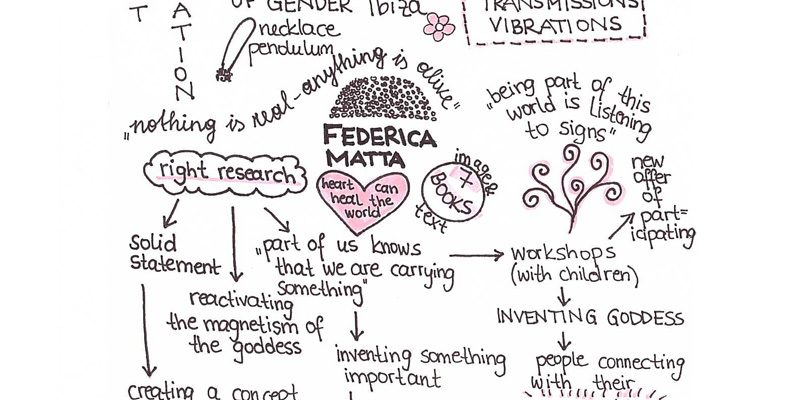The Goddesses' Books
The Goddess Books form an important communicative instrument combining the scientific, artistic, and regional dimensions of this project. The small, beautifully designed books support the project in making its results and archeological finds known to a broad public in Lower Austria. The project’s aim is to strengthen women’s self-awareness with regard to their significance and performance within a regional economy. The prehistoric figurines are brought back into play as symbols of female identification. Each of the books is dedicated to one of the prehistoric figurines found in Lower Austria: Venus von Willendorf, Fanny von Galgenberg, Katharina von Falkenstein. The fourth book outlines a horizon for the geological material – Loess: A Woman in the Landscape.
Highly qualified archaeologists who specialize in these figurines or, as in the case of the figurines from Galgenberg and Falkenstein, have even lifted them themselves, write informative texts on the images of the small sculptures (Walpurga Antl-Weiser, Christine Neugebauer-Maresch). Each book features an interview with a woman from the region about her life, her role, and her possibilities, which links the prehistoric figurines with the reality of women today. In addition, there is a short text on the cultural-historical and psychological significance of the mother, woman, or daughter. The books are designed by the French-Chilean artist Federica Matta, who animates the group of figurines in her drawings and makes them appear as if in an imaginary theater.
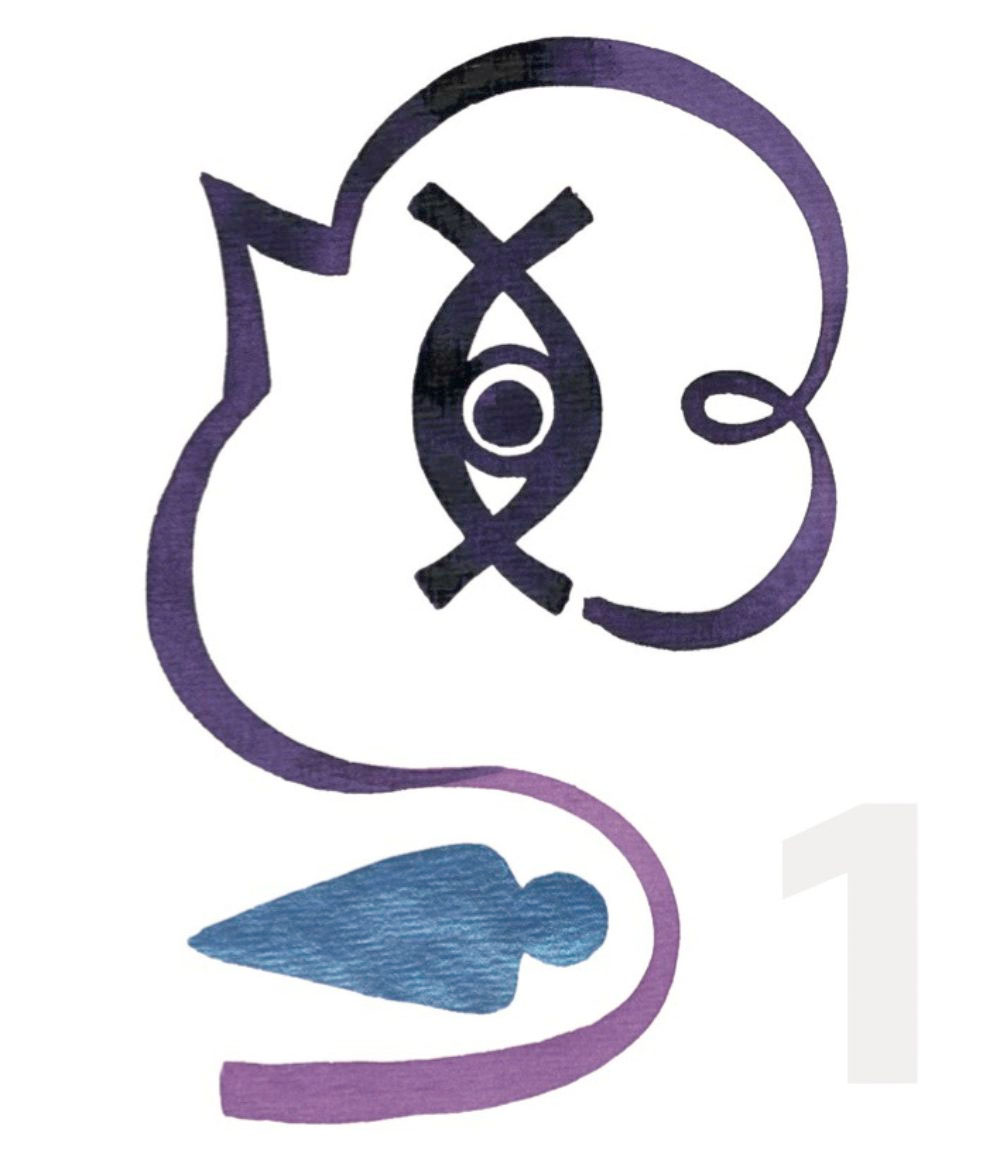
VENUS VON WILLENDORF
The first goddess book is dedicated to Venus von Willendorf, the most famous woman in the world. For over a hundred years, the small figure, which was found on a loess terrace near the Danube in 1908, has been the subject of intense disputes. This book reports on the history of the find and the significance of the figure. An interview with a woman from the region about her life, her role and her possibilities links the image of the prehistoric figurine with the reality of women today. There is also a short text about the cultural-historical and psychological significance of mother and woman.
The French-Chilean artist Federica Matta is responsible for the artistic design of the goddess books. She animates the group of figurines in her drawings and lets them appear as if in an imaginary theater. Highly qualified archaeologists who specialize in these figurines or, as in the case of the figurines from Galgenberg and Falkenstein, have even lifted them themselves, write informative texts on the images of the small sculptures (Walpurga Antl-Weiser, Christine Neugebauer-Maresch).
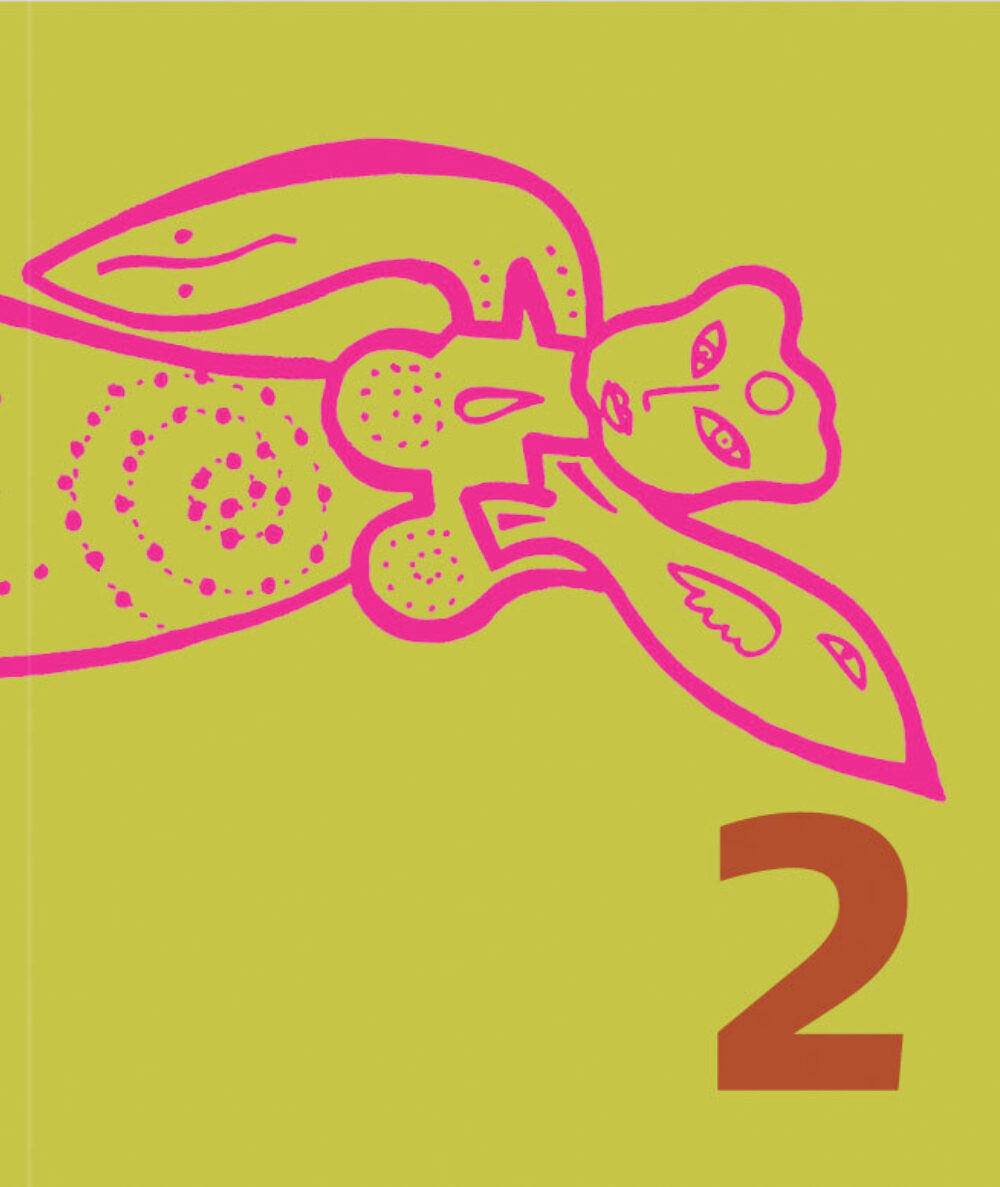
FANNY von GALGENBERG
Tu felix Niederösterreich! Lower Austria can count itself lucky to be the place where important female figurines from the Old and New Stone Age were found. One of the most famous prehistoric female figures, the Venus von Willendorf, (again) saw the light of day only in 1908. And the female figure to which this little book is dedicated was actually only found in 1988 (!). That was a sensation that went through the world press.
This little book, dedicated to Fanny vom Galgenberg, contains various texts: We are not only very fortunate to be able to marvel at this wonderful, 36,000-year-old dancer, but also to interact with her excavator. An important contribution comes from Christine Neugebauer-Maresch, who she discovered, who she excavated. Her text is accompanied by an interview that Romana Schuler conducted with two young women – twins – from the Weinviertel in Lower Austria. Romana Schuler asks about her memories, her wishes and future visions. There is also a glossary of terms to be grouped around the word “woman”, written by Arantzazu Saratxaga Arregi. In her view of women, she concentrates on the aspect of movement, keeping an eye on this essential dimension of a key position in the nomadic hunter-gatherer cultures. And the drawings for the little book were also contributed by the French-Chilean artist Federica Matta, who has the special talent to bring these old figurines back to life for us.
So with united forces we create a stage on which we can let this wonderful oldest dancer in the world, Fanny vom Galgenberg, perform – to see and discuss the things connected with her again and in new ways!
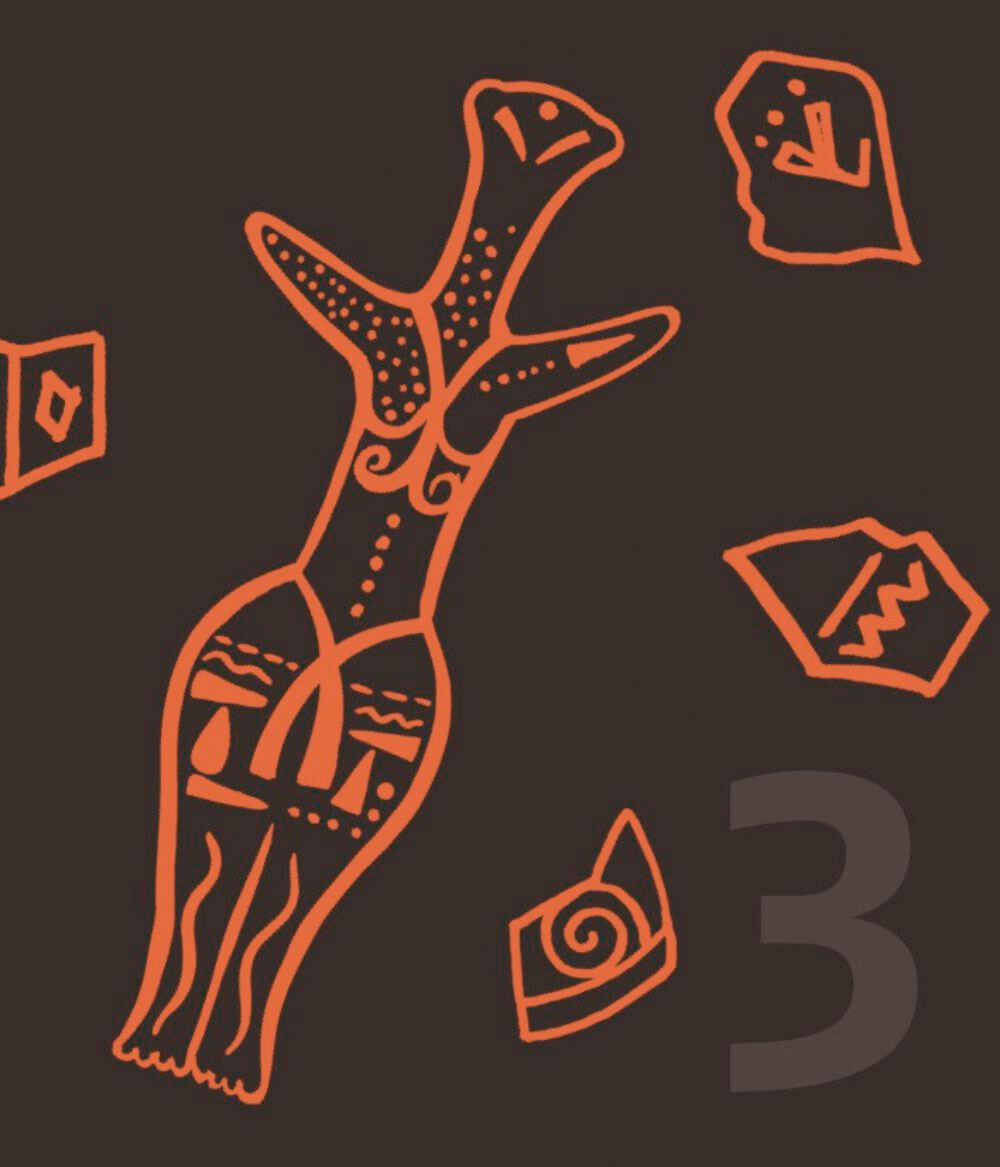
Das Idol von Falkenstein
The Goddess Book # 3 is dedicated to IDOL VON FALKENSTEIN from the time of painted ceramics (approx. 4600 BC), found in 1978 in Falkenstein, Lower Austria. A text by the deserving archaeologist Christine Neugebauer-Maresch tells the circumstances of the discovery up close and illuminates the so-called Lengyel culture, from which the small painted work of art comes. A manifesto-like text on the sedentary cultures of the Neolithic Age and the role of women is contributed by Arantzazu Saratxaga Arregi, an interview conducted by Romana Schuler with the Weinviertel winegrower Elisabeth Himmelbauer leads us into the present of Lower Austrian agriculture, into the present of mothers and daughters. Elisabeth von Samsonow introduces the booklet. The French-Chilean artist Federica Matta took on the artistic design of this little goddess book once again. She lets the idol of Falkenstein appear with her colleagues and her ceramic “household” as if in an imaginary theater and brings them to life.
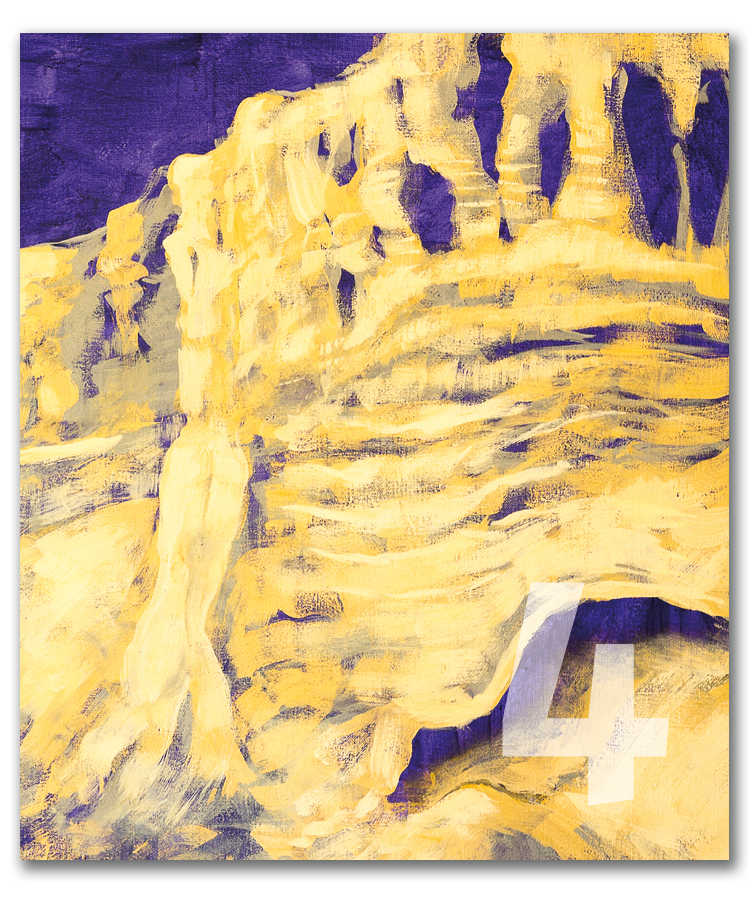
Goddesses‘ Book Nr.4:
Loess
A Woman in the Landscape
The goddess book no. 4 does not deal with a special Venus, with a figurine or with an idol, but rather sketches a horizon for the geological material that the Lower Austrian prehistoric artifacts had recovered before they were found. In contrast to the cultures of France and Spain, whose finds mostly came to light in the spectacular caves – for example of Lascaux, Chauvet and Altamira – the Lower Austrian prehistoric relics were packed in loess.
In the course of the crisis triggered by the corona virus, this little book contains a text by the curator of the artistic “loess exhibition” in the Natural History Museum and director of the project THE DISSIDENT GODDESSES ‚NETWORK, Felicitas Thun-Hohenstein, and a short text on Elisabeth’s artistic approach von Samsonow, a knowledgeable description of the loess by the deserving archaeologist and successful excavator Christine Neugebauer-Maresch, and the „Corona Statement“ with which the research project reacts to the current crisis.
EDITOR: The Dissident Goddesses’ Network, Elisabeth von Samsonow, Akademie der bildenden Künste Wien in cooperation with Forum Morgen
INTRODUCTION: Elisabeth von Samsonow
TEXTS: Elisabeth von Samsonow, Felicitas Thun-Hohenstein, Christine Neugebauer-Maresch
WORKS: Elisabeth von Samsonow
FOTOS: Leopold Pluschkowitz
DESIGN: Vdg Grafik Christian Sageder
DETAILS: German, paperback, 14 x 12 cm, 60 pages

